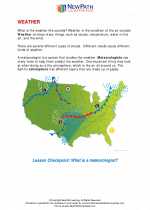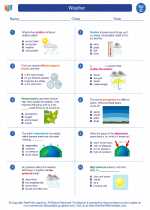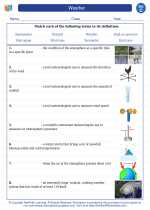Peripheral Nervous System
The peripheral nervous system (PNS) is the network of nerves that branch out from the central nervous system (CNS) to connect it to the rest of the body. It is responsible for transmitting sensory information to the CNS and carrying motor commands from the CNS to the muscles and glands.
Anatomy of the PNS
The PNS is divided into two main parts: the somatic nervous system and the autonomic nervous system.
- Somatic Nervous System: This part of the PNS is involved in voluntary movement and sensory perception. It includes the cranial nerves that connect the brain to the head and neck, as well as the spinal nerves that connect the spinal cord to the rest of the body. The somatic nervous system controls skeletal muscles and carries sensory information from the skin, muscles, and joints to the CNS.
- Autonomic Nervous System: This part of the PNS regulates involuntary bodily functions, such as heart rate, digestion, and respiration. It consists of the sympathetic and parasympathetic divisions, which have opposing effects on the body's physiological processes. The autonomic nervous system also includes the enteric nervous system, which is responsible for the function of the gastrointestinal system.
Functions of the PNS
The PNS performs several important functions, including:
- Transmitting sensory information from the body to the CNS
- Transmitting motor commands from the CNS to the muscles and glands
- Regulating involuntary bodily functions through the autonomic nervous system
- Controlling voluntary movements and sensory perception through the somatic nervous system
Study Guide
Here are some key points to remember about the peripheral nervous system:
- What is the main function of the PNS?
- What are the two main divisions of the PNS?
- What is the difference between the somatic and autonomic nervous systems?
- Give examples of voluntary and involuntary functions controlled by the PNS.
- Explain the role of the autonomic nervous system in regulating bodily functions.
Understanding the peripheral nervous system is important for understanding how the body communicates with the brain and how various bodily functions are regulated. Studying this topic will provide insights into the complex network of nerves that enable us to interact with the world around us.
[Peripheral Nervous System] Related Worksheets and Study Guides:
.◂Science Worksheets and Study Guides Third Grade. Weather

 Worksheet/Answer key
Worksheet/Answer key
 Worksheet/Answer key
Worksheet/Answer key
 Worksheet/Answer key
Worksheet/Answer key
 Vocabulary/Answer key
Vocabulary/Answer key
 Vocabulary/Answer key
Vocabulary/Answer key
